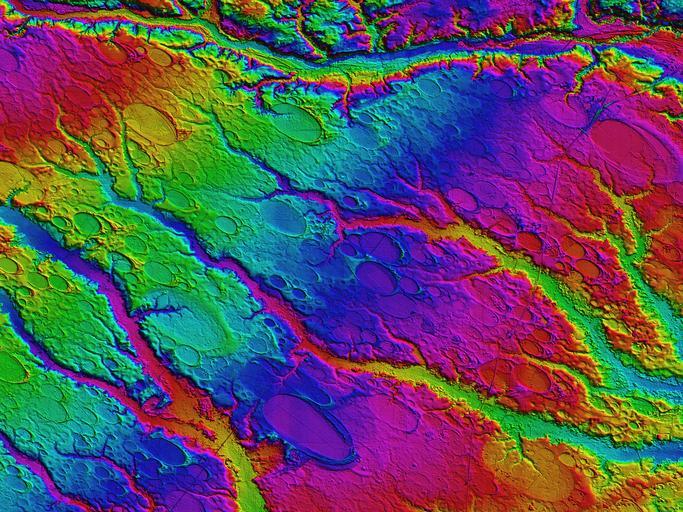Greetings from the intersection of the physical and digital worlds! As we reach the halfway point of 2024, we’d like to step back and take a look at our AI and GIS predictions for the year. After all, is there a better time to take stock and revitalize our resolutions? Read on below for Allvision CEO Elmer Bol’s take on the trends we’re likely to see during the remainder of 2024.
Artificial intelligence (AI) will continue to play a large part in data processing for high-definition maps. The quality of information output will improve exponentially as systems are trained and “learn” to locate infrastructure. However, AI expectations will become a bit more realistic as to what can reasonably be accomplished. With the focus and abundance of training programs, GIS managers are more educated and know what can and should be done with AI versus what is currently unrealistic. However, those boundaries will be pushed forward every day.
Collected data will continue to shoot for the sky. The accuracy of lidar data collection has improved, allowing larger and larger swaths of data to be collected via drones, planes, and helicopters at high altitudes more frequently. GIS processing systems will need to become more adaptable to different file types, formats, and sizes, and recognize more and more information collected from the skies.
Compatibility and Interactivity will experience a resurgence. As engineers, GIS managers, and developers begin to focus on a “best in breed” (meaning they choose the best option in each category) strategy with their tools, software, and programs, these tools will have to adapt to work more interactively within larger systems. For example, a customer may choose a mapping software because it can pull in data specifically from their existing scanning equipment. APIs and software sets will build upon one another to deploy holistic solutions for mapping, asset management, and smart cities.
Smart City status will become more easily adoptable for small and midsized locations and will continue to have AI components. While the term was coined decades ago, there has yet to be much progress in the components needed for smart city status and it has eluded concrete guidelines and validation. Potential smart city components for mapping, infrastructure, lighting, and traffic will become more standardized. This allows for a full-featured, interoperable, and holistic approach to the components involved in smart cities, with a strong focus on AI for processing and extracting valuable data for decision-making and beyond.
Allvision is pleased to be part of such an innovative landscape; we look forward to the predictions that we listed above materializing for the remainder of 2024! Questions? Email us at info@allvision.io


Leave a Reply